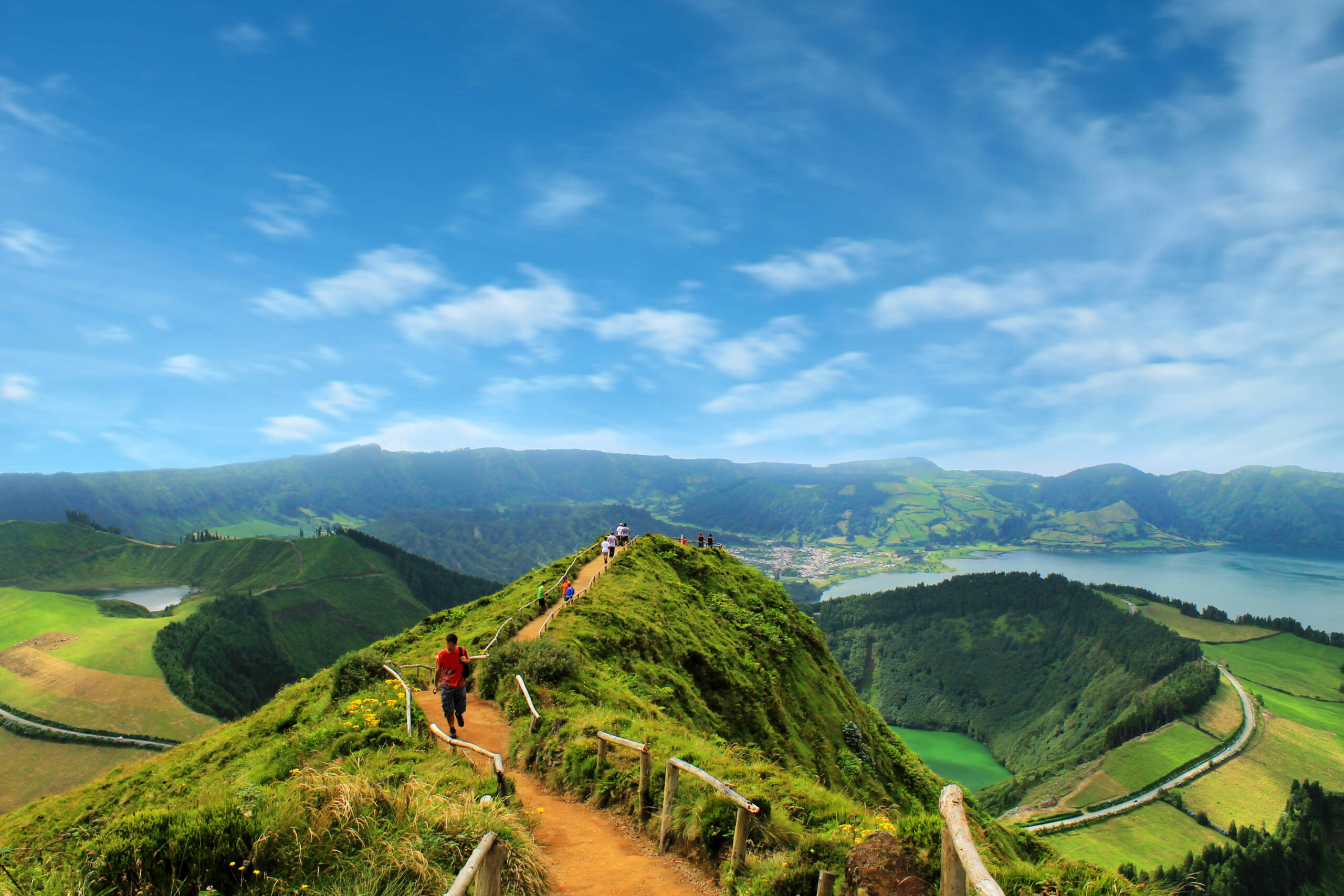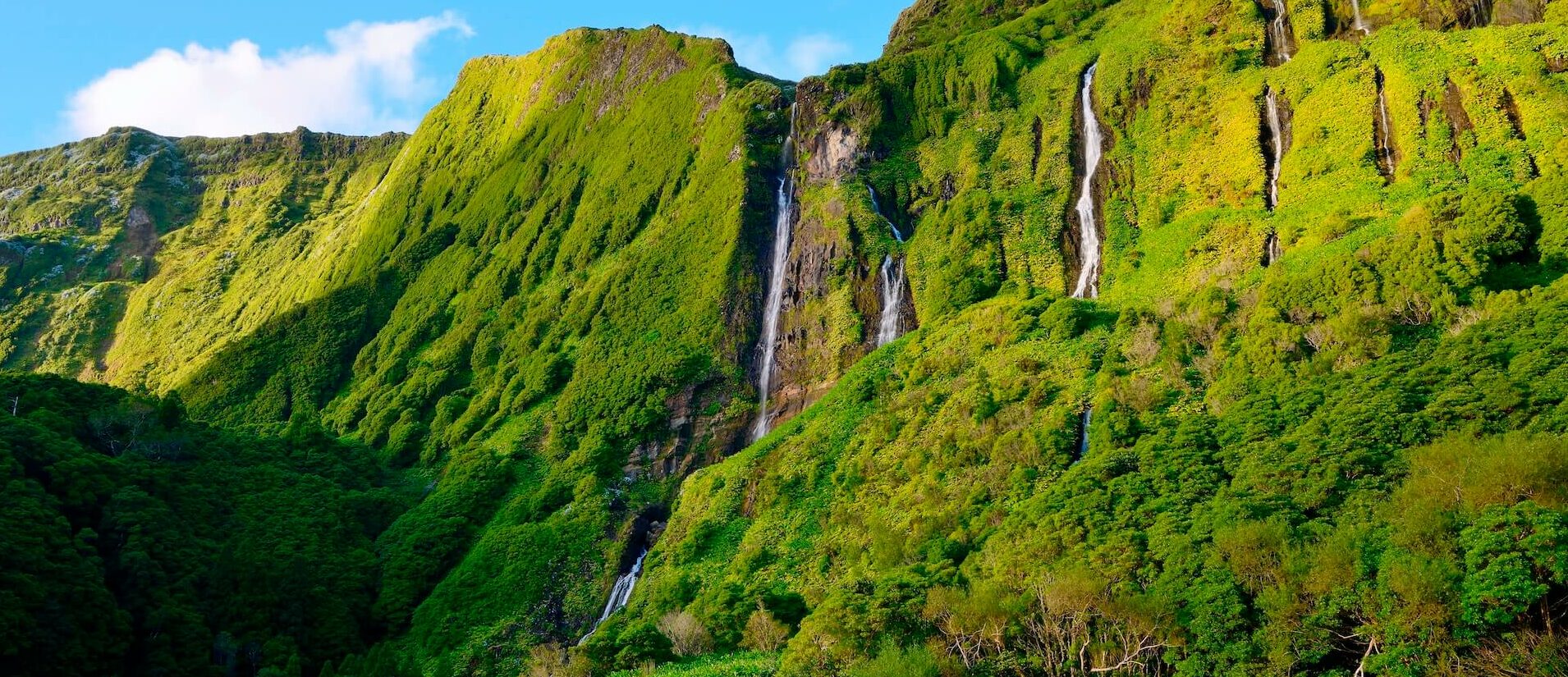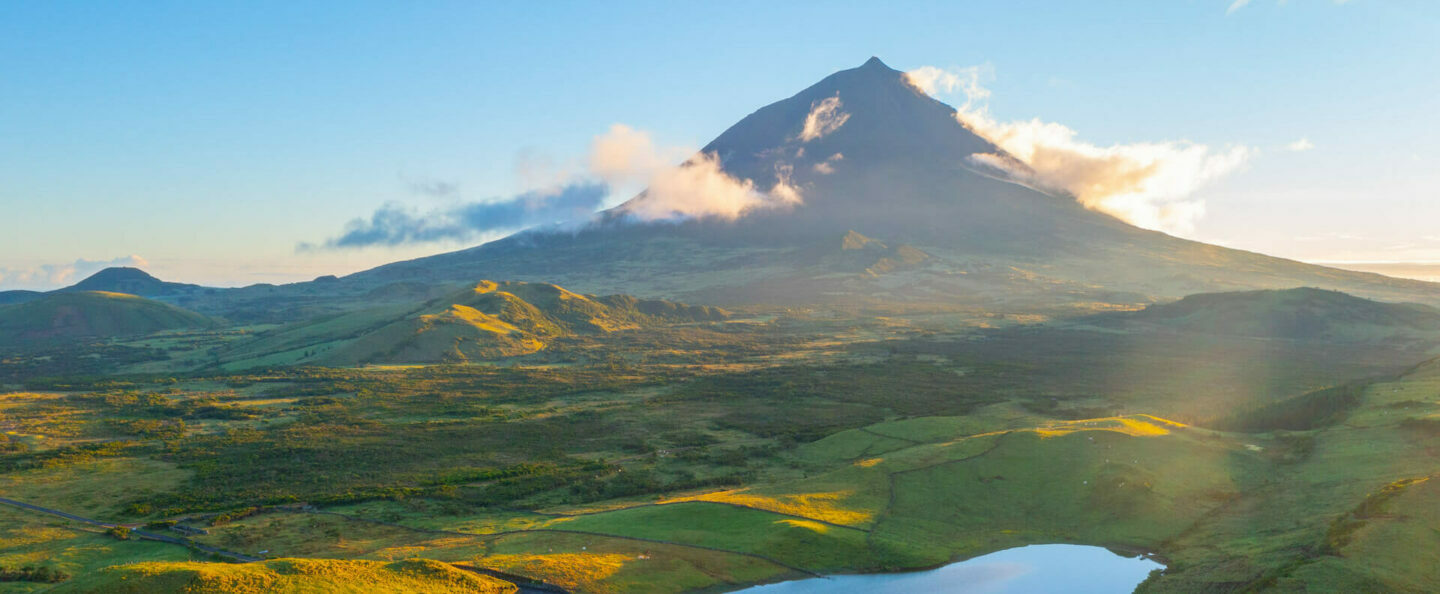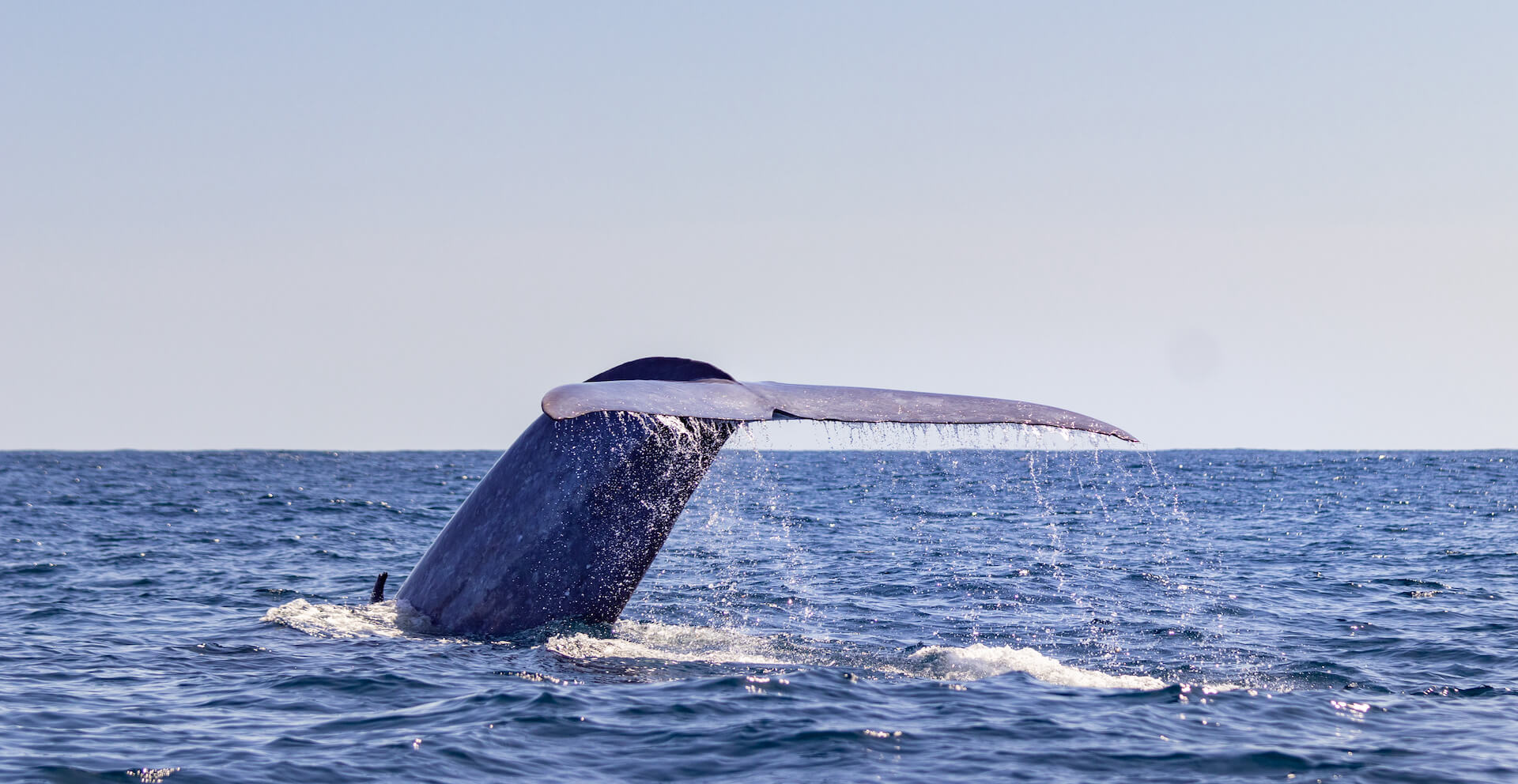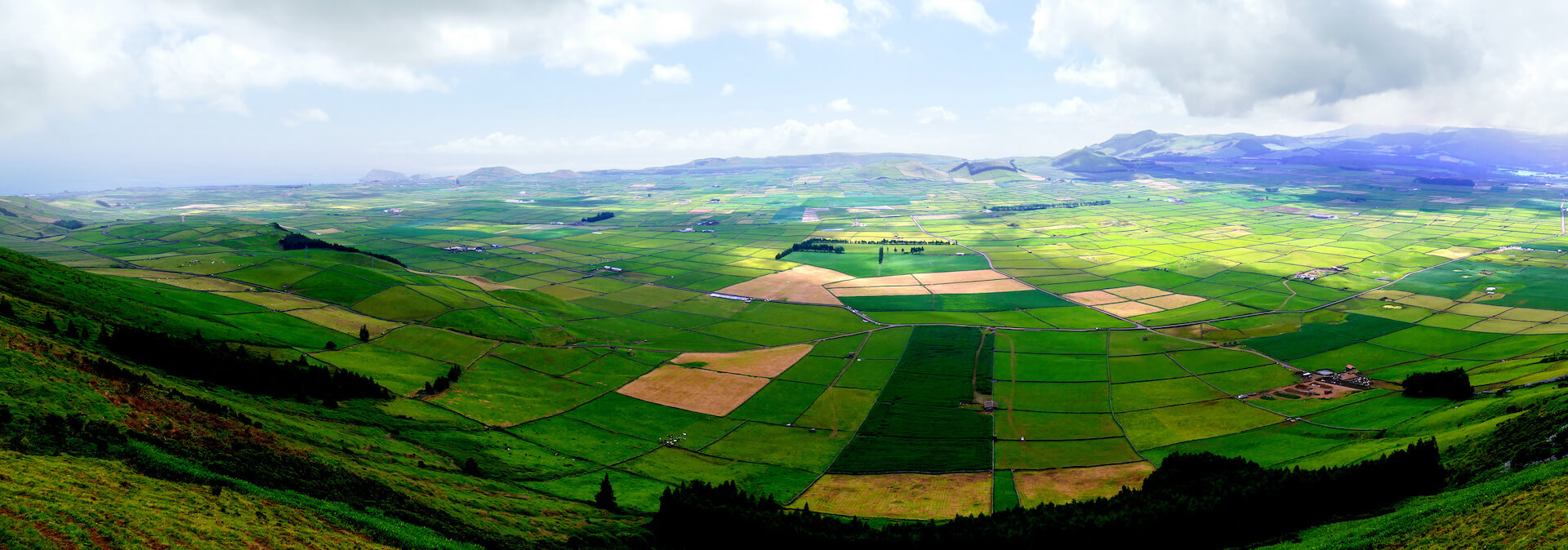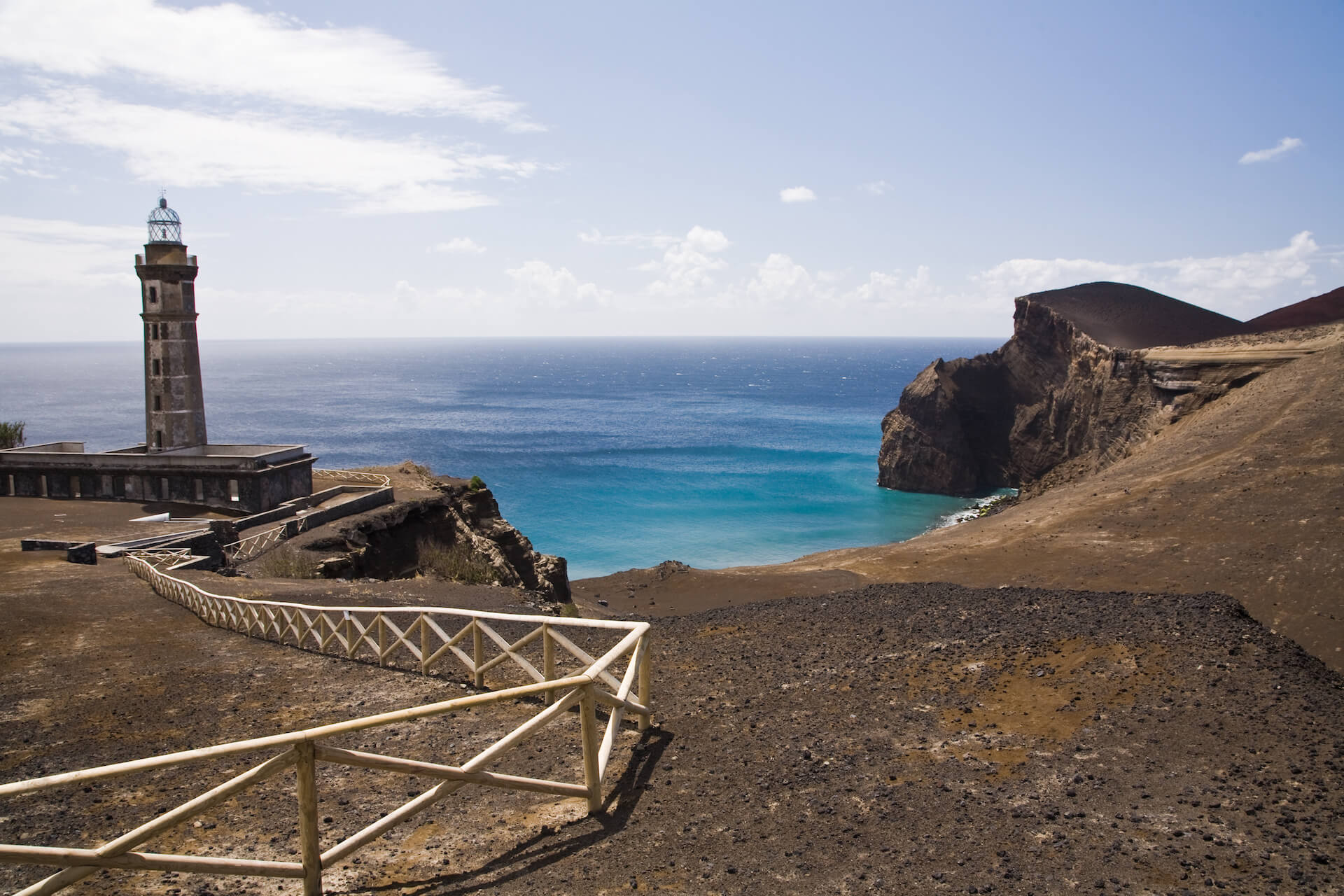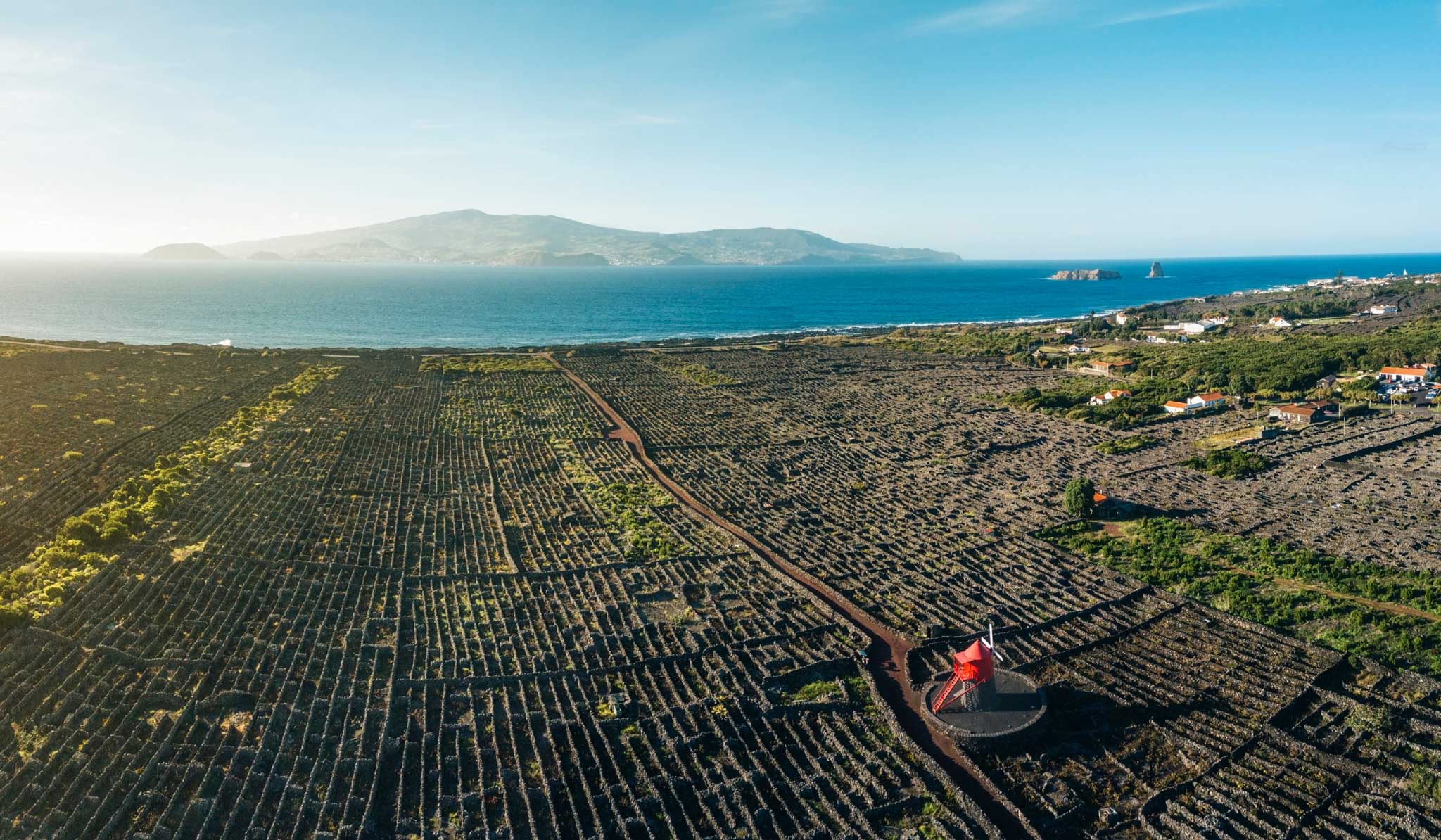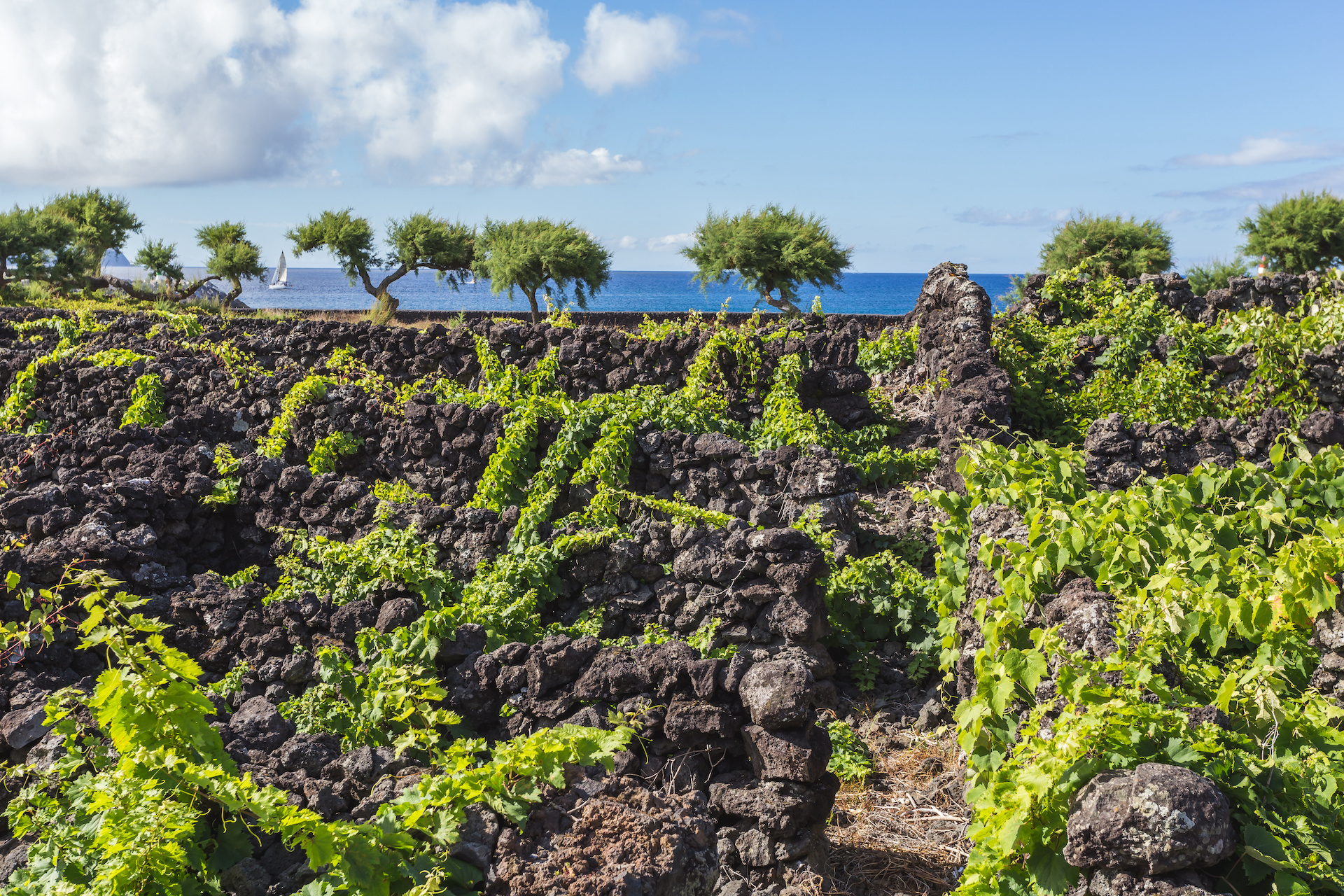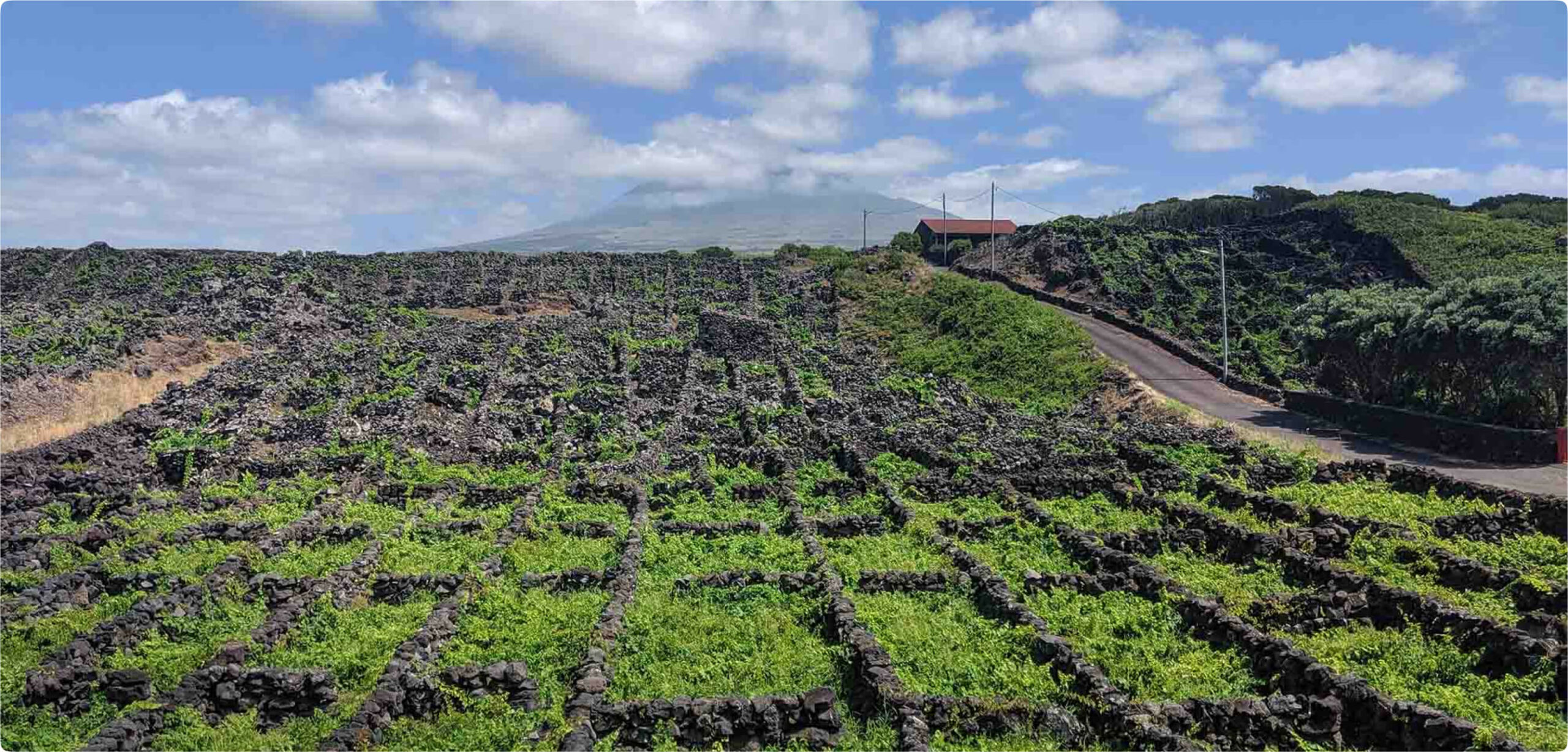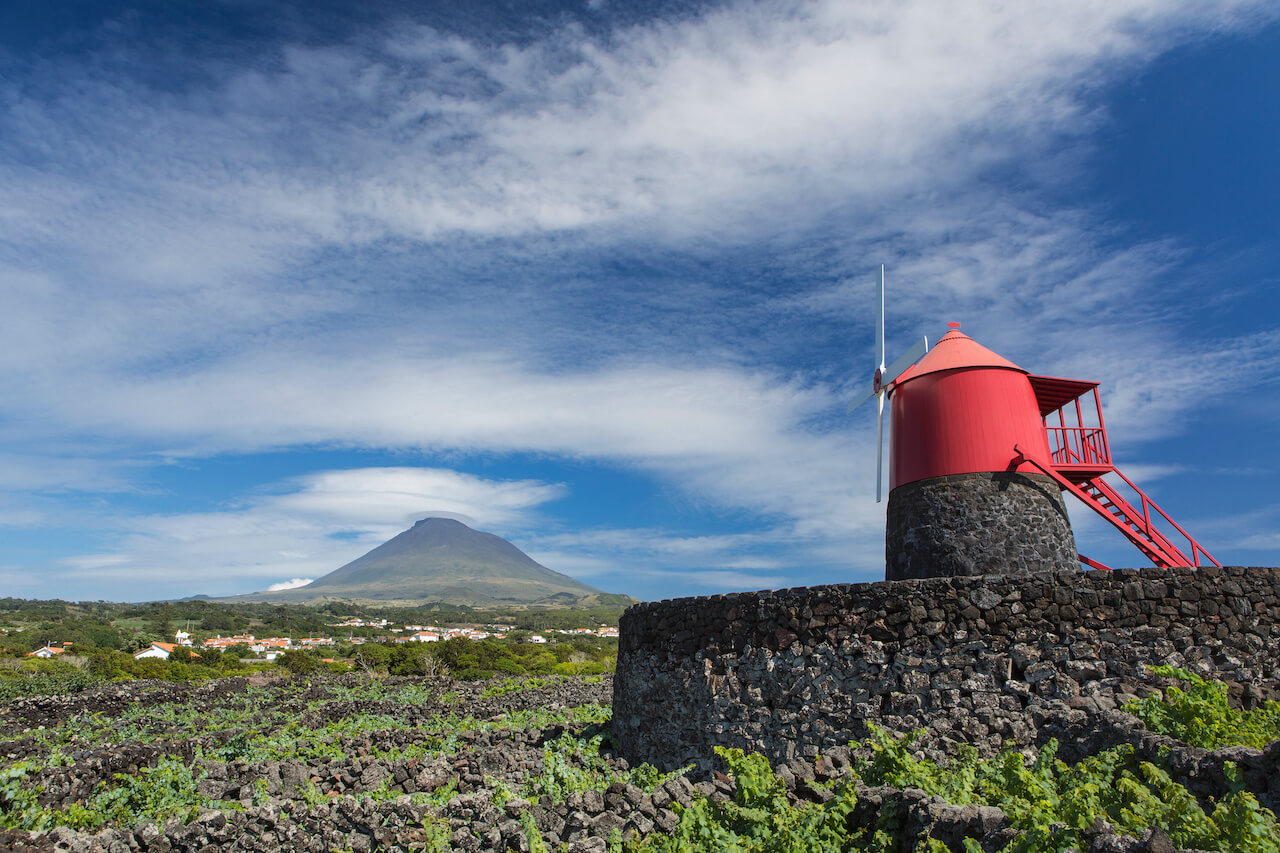For a long time, Verdelho wine was a fundamental product for the supply of the fleets. On Terceira Island, particularly in the parish of S. Pedro do Porto da Cruz, where Pero Enes do Canto lived, later named Provedor das Armadas, wine production was highly valued. However, in 1853, the vine began to be attacked by a cryptogamic disease known as “burril,” which led to a sharp drop in wine production on Terceira Island and the other islands. Unfortunately, in 1870, a new plague, the Phylloxera vastatrix aphid, destroyed even more vineyards. In 1890, Francisco Maria Brum founded the first regional winery of the time, which was successful and saw wine production increase significantly. In 1901, three pots of Verdelho wine were produced, and the following year, a barrel. In 1903, production grew to 6 and a half barrels, and the following year, to 11 barrels.
